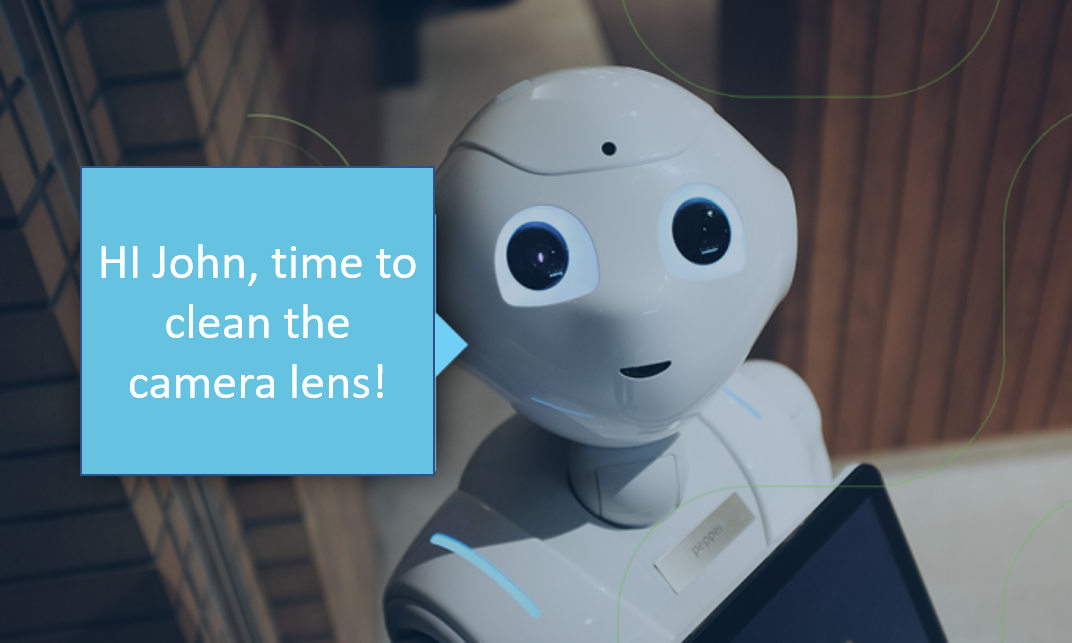
Everybody is talking about it, and more and more people are using it. From self-driving cars to predictive analysis and everything in between, artificial intelligence, or AI, is the next big thing in technology (including physical security). 85% of Americans already use AI in some way, from smart devices to complex intelligence for business operations. AI can detect and react much faster than human eyes and hands, and manage complex technology easily, relying on highly sophisticated software to ensure constant and repeatable success. Most importantly, problems or issues that may get missed or overlooked by humans can be reacted to and prevented from becoming serious. In physical security, what might be easily overlooked can quickly become life safety critical.
For video surveillance cameras, AI is being instituted to improve imaging capabilities, integrations and analytics. AI can improve the usage of cameras in a multitude of ways. It can improve response rate by using the combination of camera intelligence and processing power to perform important functions (facial recognition, object detection, and others) in the camera itself, rather than waiting for them to be done downstream at the video management system (VMS) or by human eye. For many possible risks that require immediate detection, speeding up the alert process can help save precious time and lower the risk of false positives. Another function provided by camera intelligence is image enhancement, which can help to reconstitute images from blurry details.
In addition, AI for video surveillance cameras is dramatically improving as time goes on, and the future holds a multitude of possibilities for artificial intelligence to detect risks or threats based on video data. Lip reading, improved facial recognition, context analysis, and other possible growth areas may allow cameras themselves to detect problems—for example, a camera stationed in a parking lot that can alert security to a drug deal taking place merely by recognizing license plates of parked cars and reading the drivers’ lips. Professional lip readers typically can figure out between 20 and 60% of a dialogue; Google recently announced that it’s DeepMind AI engine achieved 93.4% by training it with over 29,000 YouTube videos. This technology is improving quickly and will make security cameras even more essential to proactively protecting businesses.
However, there are still issues for cameras utilizing AI. Artificial intelligence in the camera cannot prevent issues created when sending data to storage. Dropped packets, PoE switches not triggering, reformatting storage, and other issues involved with the retaining of data are not currently on the horizon as problems to be solved by artificial intelligence. In addition, physical problems with cameras remain even for the most intelligent of devices. AI cannot clean a dirty lens or fix a faulty wire, though it may be able to detect physical problems and send an alert to the relevant security management. And should a hacker figure out how to get around the AI device, it may be just as much as a problem as it would be for a ‘dumber’ camera.
At Viakoo we are deep believers in AI helping our mission to automate physical security system and data verification, and to protect against cyber-threats to physical security. Problems, such as the above-mentioned detection of dirty lenses, that today are hard to solve with traditional techniques can be made much easier with AI. With over 100 million hours of physical security system metadata gathered and analyzed by Viakoo’s system, the raw material for leveraging AI to find insights and issues is already in place. Over the next few years we expect the advances in AI, machine learning, and other computational approaches will make the service, maintenance, and avoidance of problems much more comprehensive and automated as compared to today.
Technology is only getting more complex and capable – this isn’t the first wave of AI (in fact, I have on my desk an article my Dad clipped for me 30 years ago highlighting how “expert systems” and artificial intelligence were emerging from the labs and making it into real-life applications). While AI remains a cutting edge technology for video surveillance cameras, the ability to solve problems that today are hard, expensive, or otherwise out of reach . For the moment, you can look to AI for growth in the possibilities and capabilities of your cameras and security devices, and as an important component in the maintenance of your security systems and devices.






